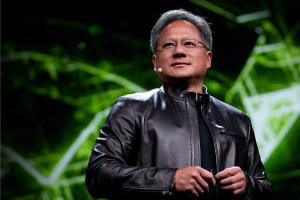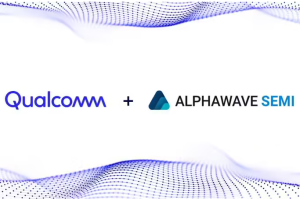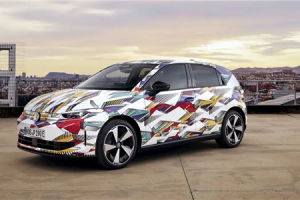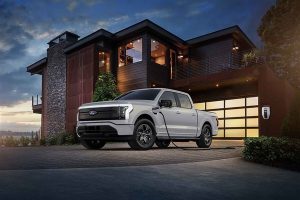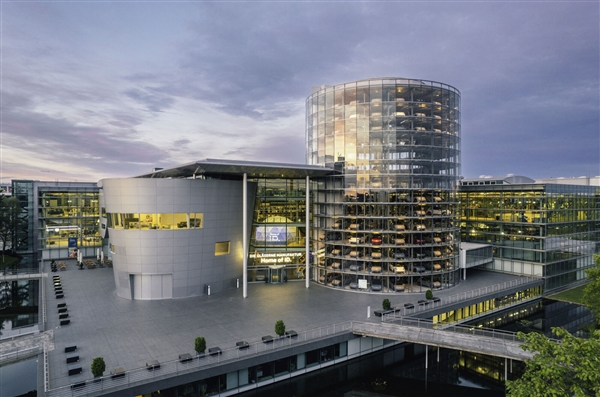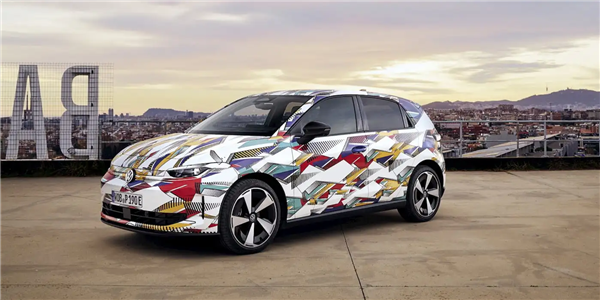October 31, 2025 – Mazda, one of the world’s leading independent automakers, has officially commenced testing of its inaugural prototype vehicle built on a dedicated electric vehicle (EV) platform. The company aims to bring this groundbreaking model to market by 2027, marking a significant leap in its electric mobility ambitions.
Unlike its previous EV efforts, such as the MX-30 crossover—which was based on the petrol-powered CX-30’s chassis—or upcoming models like the 6e sedan and EZ-60 SUV that rely on platforms from Chinese partner Changan, Mazda is now developing its own proprietary EV architecture. This move aligns with its ambitious $10 billion plan to overhaul its entire product lineup over the next few years, focusing heavily on electrification.

Mazda’s Chief Technology Officer, Ryuichi Umeda (transliterated), emphasized the company’s dual commitment to advancing alternative fuel internal combustion engines and hybrid systems while simultaneously pursuing a full-electric future. “We’ve established our dedicated electrification development team, ‘E-Mazda,’ and they’re performing exceptionally well,” he stated during an interview. Umeda highlighted that the next generation of Mazda EVs will feature bespoke architectures designed specifically for electric powertrains.
Having personally tested the prototype, Umeda described the driving experience as “truly Jinba Ittai”—a term meaning “horse and rider as one” in Japanese, which Mazda uses to denote the seamless harmony between vehicle and driver. He expressed confidence that Mazda’s EVs would retain the brand’s signature driving dynamics, despite being electric.
Acknowledging that Mazda may lag behind some competitors in EV platform development, Umeda pointed to the MX-30 project as proof of the company’s engineering prowess. “We have a wealth of talented and experienced engineers,” he said. “We won’t fall behind the market.”
When questioned about the specifics of the upcoming EV, Umeda remained tight-lipped regarding the vehicle type or whether it would be a high-volume or niche product. “It depends on market demand and regulations,” he explained. “Stricter EV quotas would necessitate mass production, while looser rules could allow for more limited runs.”
In a bid to accelerate development and reduce costs, Mazda recently announced plans to leverage cost-effective simulation technologies, AI-driven development tools, and strategic partnerships with suppliers. By implementing what it calls a “lean asset strategy,” the automaker believes it can triple its development output using the same resources, paving the way for a more efficient transition to electric mobility.


